Emotions ran tepid as American discourse prevailed at the J6 rally in D.C. yesterday, for better or for worse. The expectation of violence, or any attempt the protesters made to do anything other than raise their homemade signs or shout a bit, was quickly overpowered by encircling journalists and law enforcement, whose numbers matched those of the rallygoers themselves.
Four arrests were made during the 90-minute rally, and a knife and a handgun were seized by Capital Police. The total number of attendees was about 450, and perhaps half of these were members of the media. The rally was organized by Look Ahead America, whose followers include white supremacists who were invited to air their grievances about the continuing legal circumstances of those who were arrested during the Capitol insurrection on January 6.
Photographer Mark Peterson covered both the January 6 insurrection and this more recent J6 gathering for The New Republic and noted that, this time, both the media and the Capitol Police were well prepared.
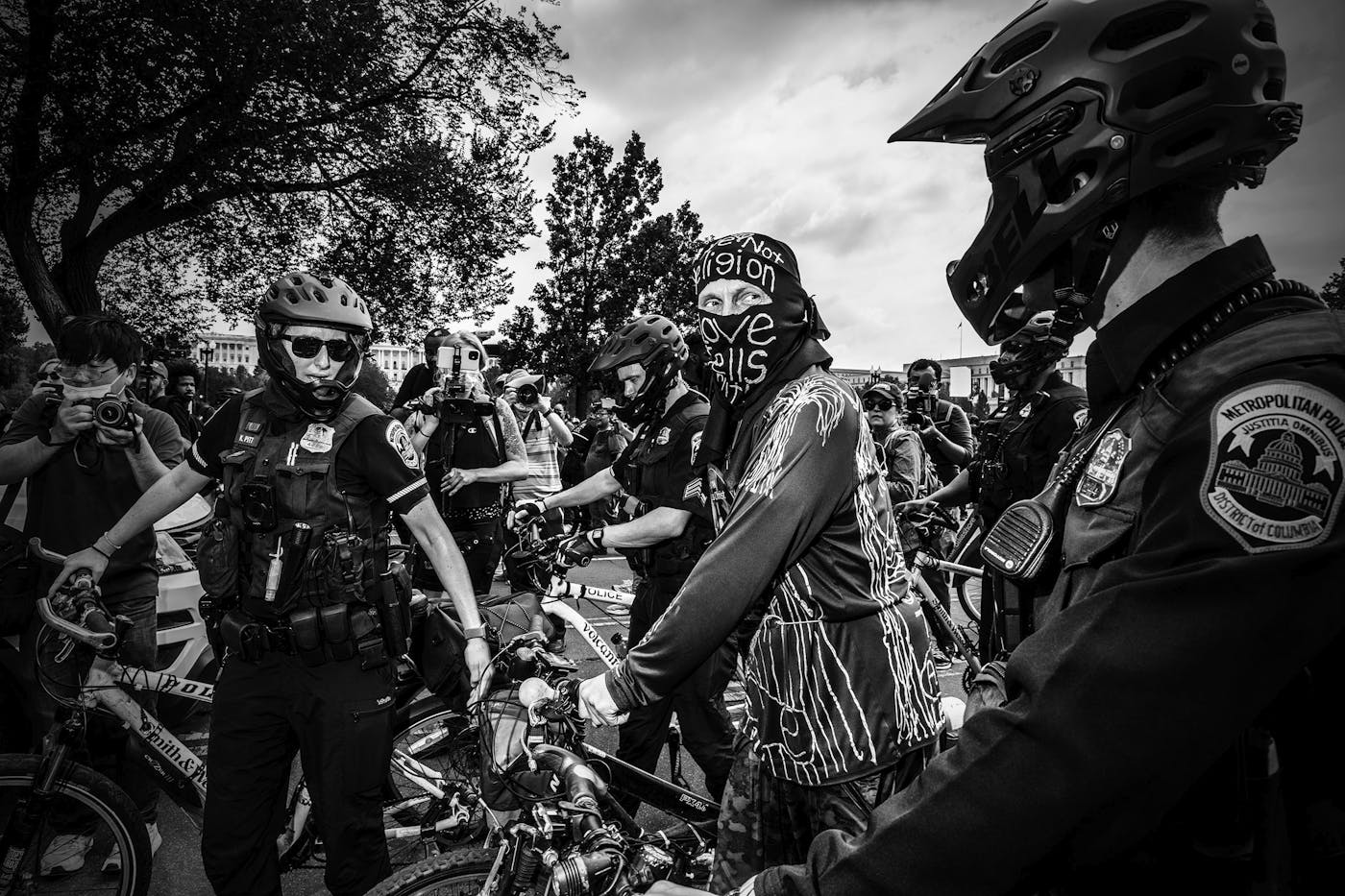
Peterson observed the vibe was not as expected: “The apathy … was incredible in a way: There were only a couple of hundred people showing up, even though 70 percent of Republicans believe the insurrection was OK. There were Proud Boys in attendance, but you couldn’t tell because they were instructed not to show their insignias.”
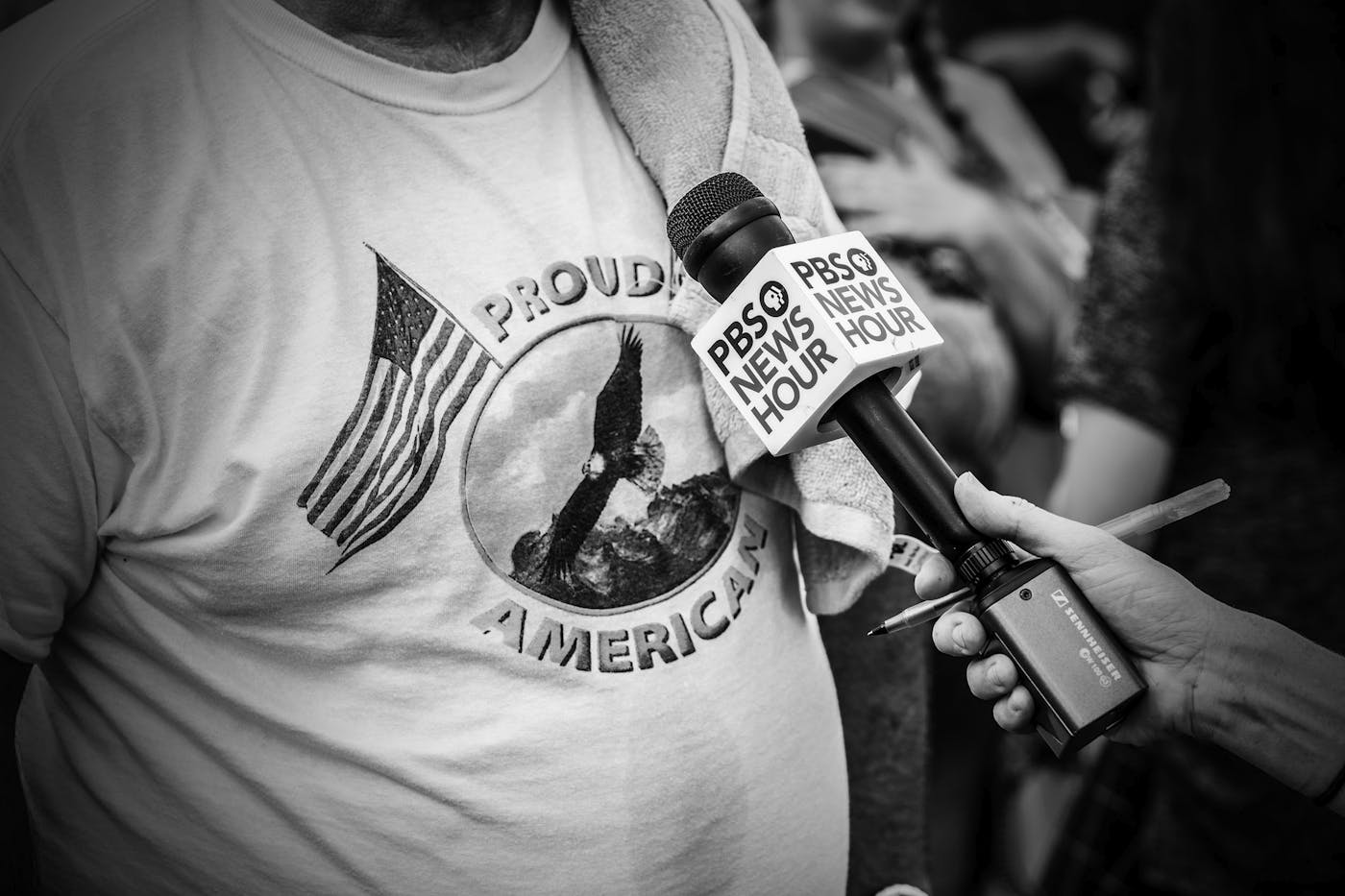
“At 10 a.m., I walked right in to the protest area. There was no security—there was an entrance into the area, but the police didn’t stop or search anybody—unless they were a counterprotester who was yelling. At some rallies, the police put out a list of items you cannot bring in with you: for example, poles from a flag ([they] could be used as a weapon), a water bottle, a backpack. At this rally, the police conducted no bag searching, no body searching, nothing.”

Peterson continued, “Most people would only give their first name and would say they were ‘from the area,’ but were not forthcoming with other details. I couldn’t tell if they had traveled further than taking the train in that morning.”
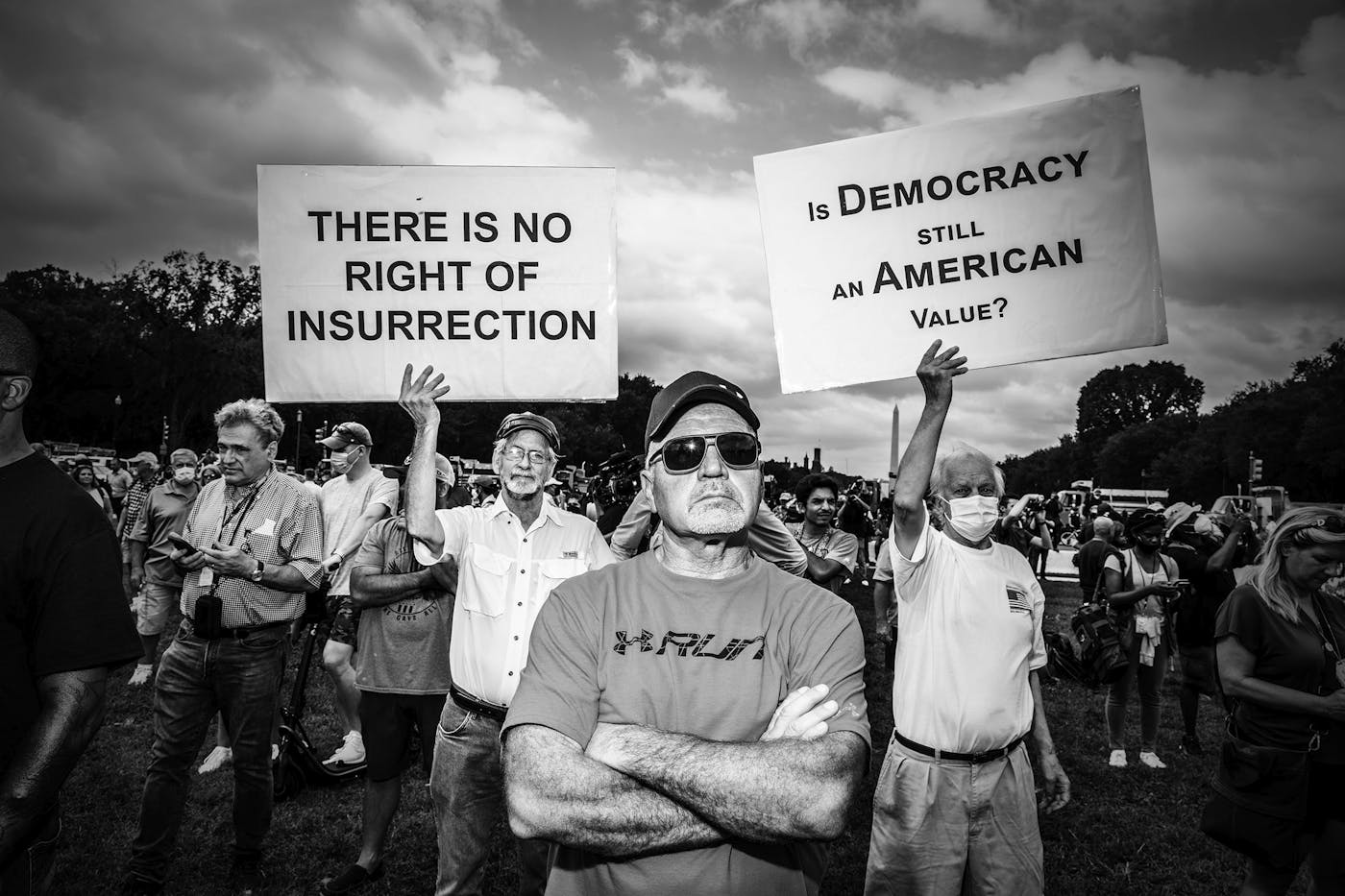
“The men holding these signs are supporters of the Justice for J6 rally, not counterprotesters,” Peterson said. “When I asked them what it means, they just said, ‘Read the signs.’”
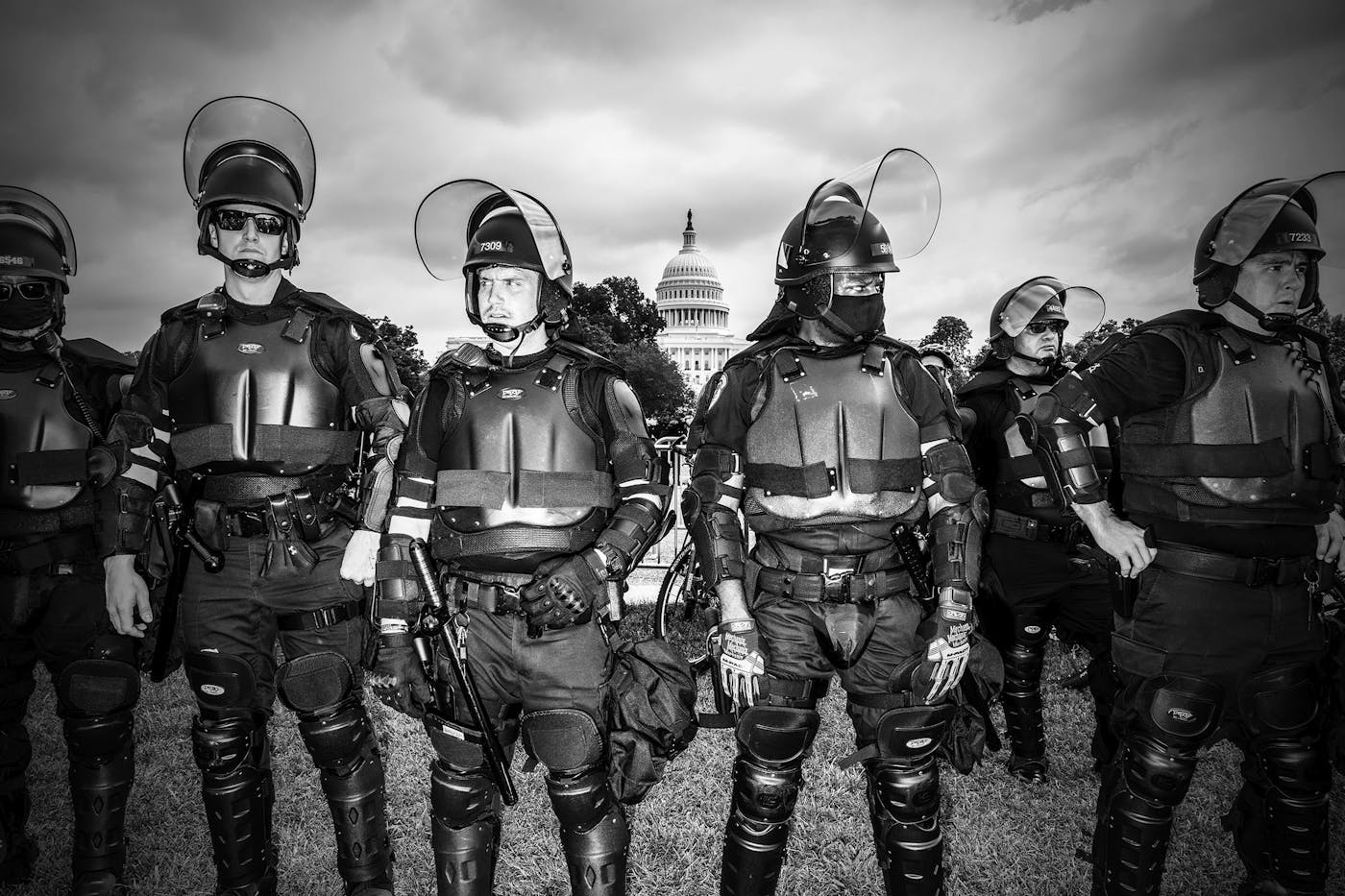
“The Capitol Police were dressed like a riot was going to happen; you couldn’t tell if they actually had information about credible threats or if they were just there to be photographed so that they could show that they were taking it seriously. There was no necessity for them to be dressed like that. No protesters were walking around in body armor, like on January 6, when hundreds of people were wearing body armor.”
Peterson continued: “They were moving from location to location with nothing apparently happening. Like, they were posing, one moment all lined up with the Capitol building behind them, the next with the protest behind them. Maybe it was for a commercial for their department.”
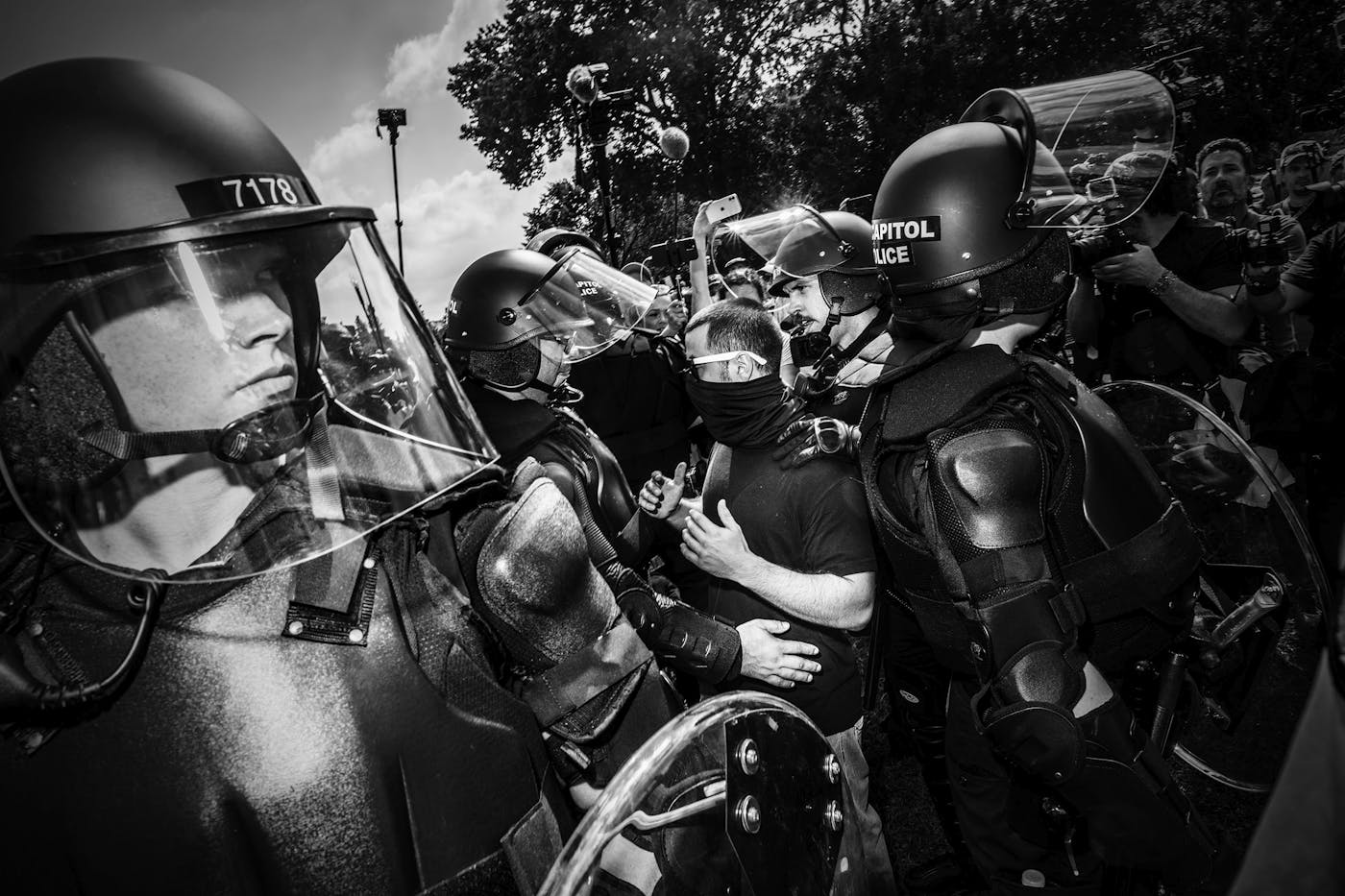
“Undercover agents normally dress in baggy clothes so they can hide their guns and walkie-talkies and things,” observes Peterson. This man was arrested on suspicion of being a member of antifa but sparked a later discussion about whether he was a federal agent after video surfaced of him presenting Capitol Police with a badge—which Donald Trump Jr. disseminated on Twitter.
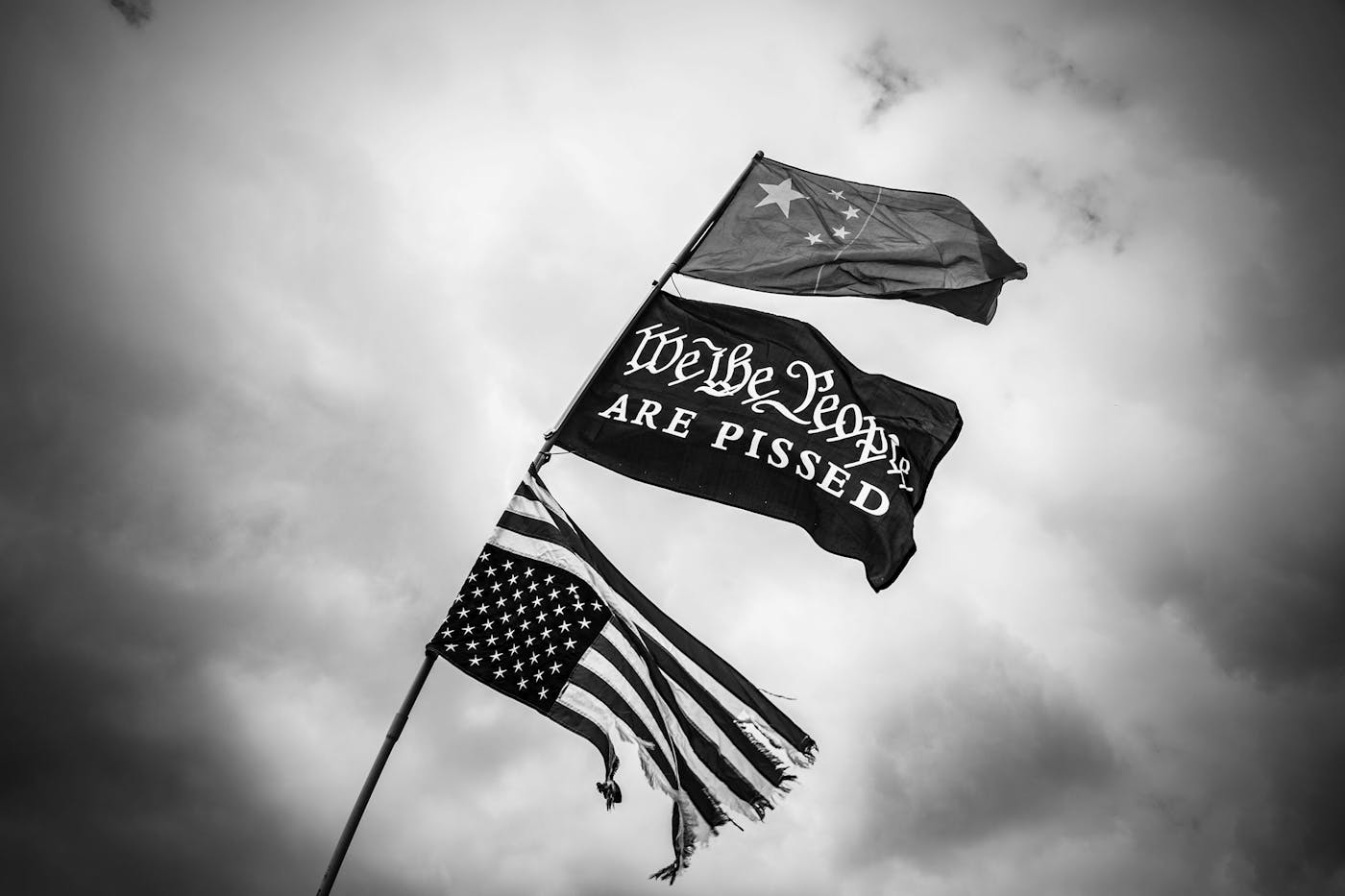
In the end, the organizers probably earned some modest gains: They marked their territory and earned massive press coverage for what turned out to be a peaceful, boring rally, as well as gaining the chance to spin their narrative that they’re not the violent faction in this larger conflict with antifa—and Democrats. Being media-savvy young men, the organizers are likely happy with how the optics played out this weekend.








